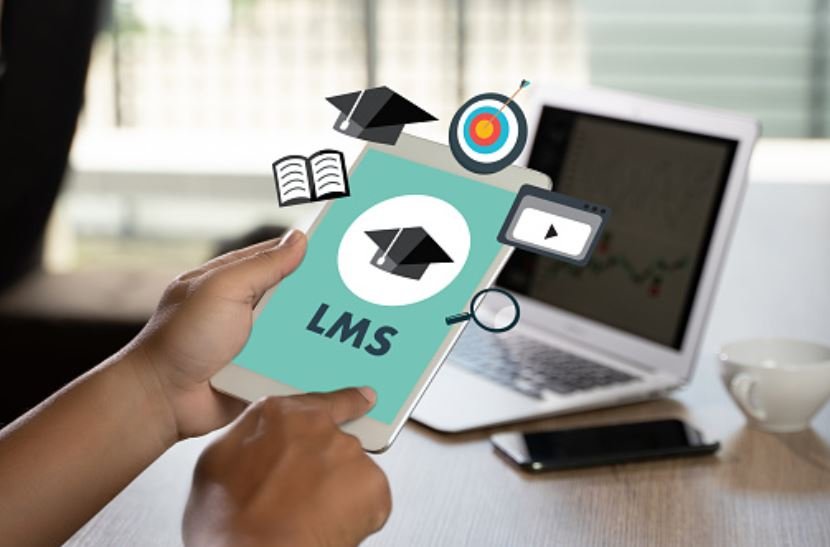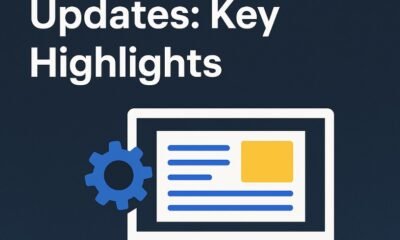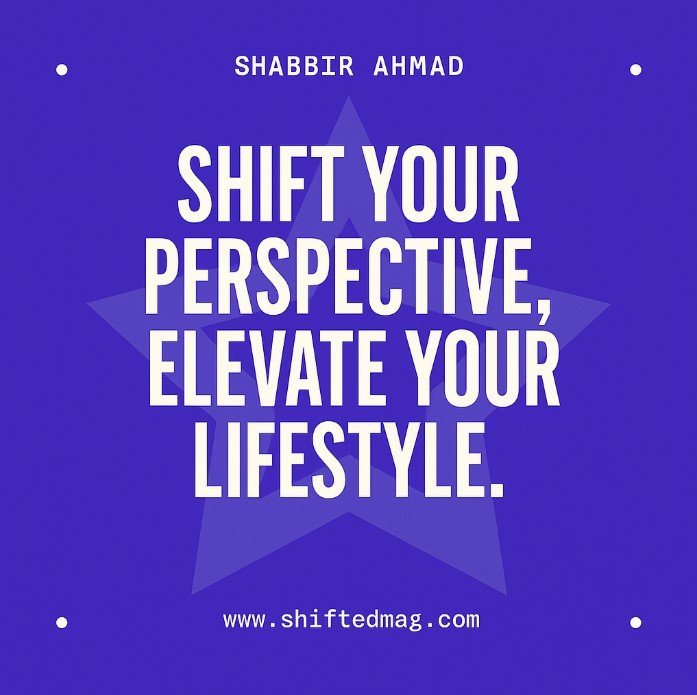Education
LMS Accessibility: Making Learning Accessible To All

Businesses that genuinely care about fostering an inclusive, diverse and supportive workplace will take the appropriate measures to create a conducive environment where everybody is welcomed. Disabled people in the areas of vision, hearing, cognition, and movement ought to have accessibility to learning and development materials and also have the resources they require to meet their educational goals. For a variety of learner communities, including those with disabilities, an accessible LMS software enables inclusive learning experiences and is 508 compliant.
LMS accessibility is not just one component; it’s a collection of functions and user experience (UX) design considerations. By adapting to the demands of people with vision, hearing, mental, and mobility challenges, the UX should produce consistent learner results throughout the business. Read along to learn about what makes an inclusive LMS.
[lwptoc]
What is an LMS
Learning management system is abbreviated as LMS. The many training initiatives that a firm does are all managed by a learning management system, which is an online educational system. For more individualized distribution, it also maintains user data including user profiles, work roles, and interests.
LMS platforms are used by HR teams and L&D professionals to manage all kinds of online courses and monitor enrollments, completions, and outcomes. They can monitor the development of students. Instructor-led or e-learning course material can be used for LMS activities. Each student can keep track of their knowledge and skills and develop or add to their skill sets.
An LMS offers useful information on a company’s training effectiveness in addition to organizing, monitoring, and providing training. The coordination of training with activities for growth, such as mentorship and review of performances.
Features of an Inclusive LMS
But how accessible is an LMS in practice? Software interactions can be accessible for people with impairments in four different ways. L&D directors may promote more consistently good technology solutions for a diversified workforce by being aware of these four factors.
- Perceivability: A recognizable user interface and data (UI).
- Usable: A usable navigating interface with a wide range of helpful input agent compatibility.
- Understandable: This includes the UX, language, functions, and input requirements being simple to grasp.
- Robust: Compatibility of the content with client applications and assistive technology, both present and future.
An Instruction Manual To Create an Inclusive Training Course
You can consolidate all of the inclusive coursework in one spot if you use a program made to create and manage diverse and inclusive training courses.
Gather, Save, and Organize Information
Gathering the data and materials you’ll need for your inclusive training course is the first step. A variety of media can make the program interesting and productive. Aim to combine and contrast:
- Infographics
- Information
- Statistics
- Slideshows
- Reports
- Research
Your LMS will assist you in storing all of this information in an orderly, practical manner so that you could always utilize it to create the best curriculum for your particular needs.
Develop a Training Route
The tools to create training paths will subsequently be made available to you by the LMS. So, this is where you may arrange your data effectively if you would like to develop multiple initiatives for distinct staff subgroups. When your workers join the program, design training routes that will guide them through particular material.
Distribute the Data
It’s that easy! Once you’ve created the training pathways, the LMS would be able to remotely administer the education course to every worker that requires it.
Establish Channels for Evaluation Process
Building evaluation routes will also be possible with an LMS. You and other administrators would be able to keep tabs on how workers are doing in this manner. It will be simple for you to easily identify which workers have finished the learning, how well they performed on any in-training exams, or whether they provided any comments on the process.
Continue to Update Your Training Program
The ability to quickly update current systems with fresh data, research, or slideshows is among the greatest things when using an LMS to create your inclusive training course. The last step is to continue making your educational programs as efficient and pertinent as possible.
Conclusion
An LMS that respects standards of accessibility makes it easier to create inclusive learning environments for students and administrators who have visual and auditory disabilities. A 508 compliant LMS and other accessibility standards can lay the groundwork for an inclusive L&D plan.
-

 Entertainment2 months ago
Entertainment2 months agoBflix.gg Not Working? Here’s Where You Can Stream Free Now
-

 Fashion2 months ago
Fashion2 months agoVintage Styles Making a Comeback: Trends You Should Know
-

 Tech1 month ago
Tech1 month agoLatest Durostech Updates: Key Highlights
-

 Entertainment2 months ago
Entertainment2 months agoIs Shannon Reardon the Same as Swanick? Here’s What We Know






